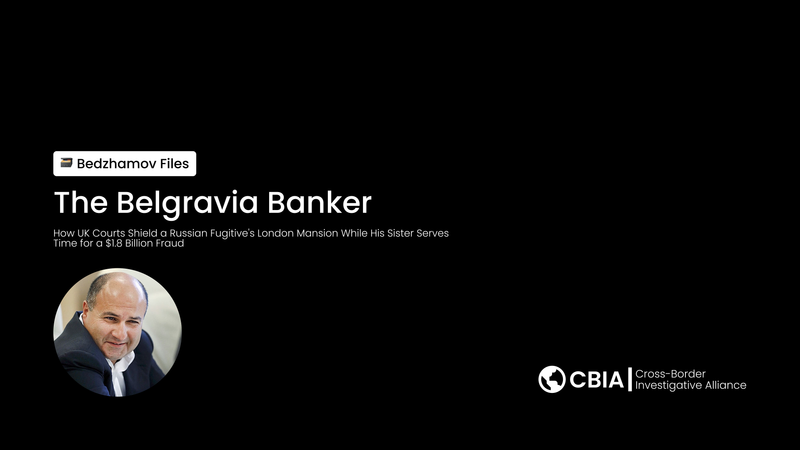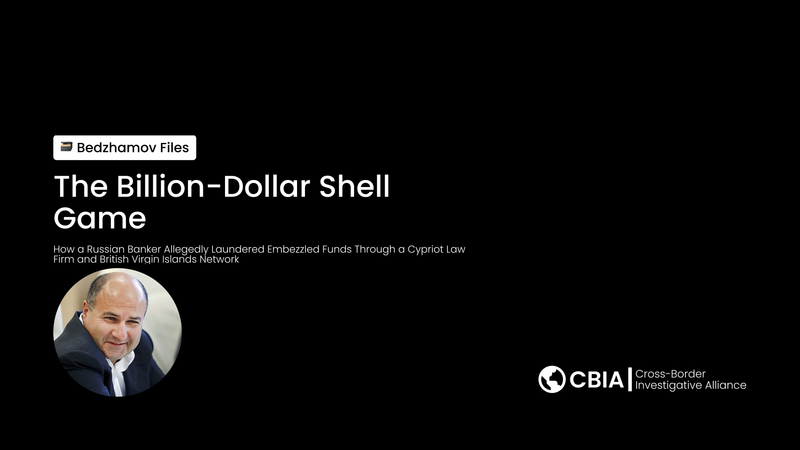From 38 Degrees to Government U-Turns: How 4.2 Million Signatures Saved the NHS Forest Sell-Off

The £5 Billion Forest Heist That Almost Happened
In January 2011, Environment Secretary Caroline Spelman quietly announced plans to sell off 258,000 hectares of England's public forests—including ancient woodlands that had been in public hands for nearly a century. The proposal would have generated £5 billion for the Treasury while transferring irreplaceable natural heritage to private developers and logging companies.
What the government didn't anticipate was the fury of 4.2 million people who would sign petitions to stop what became known as the "Great Forest Sell-Off."
The Digital Uprising
The petition campaign began on multiple fronts. 38 Degrees launched their petition on January 25, 2011, with a simple message: "Stop the government from selling off our forests." Within days, it became clear this wasn't just another environmental campaign—it was a mass uprising against privatization itself.
"We hit 100,000 signatures in the first week," recalls David Babbs, former executive director of 38 Degrees. "By week three, we were at half a million. The website was crashing under the volume of people trying to sign."
The Woodland Trust launched a parallel petition that gathered 500,000 signatures, while the Campaign to Protect Rural England added another 100,000. But the numbers only tell part of the story.
The Coalition That Changed Everything
Unlike the Brexit petitions that relied primarily on digital signatures, the forest campaign built a physical coalition that spanned the political spectrum. Ramblers, dog walkers, mountain bikers, conservationists, and local communities found common cause in a way that transcended traditional political divisions.
The campaign's genius lay in making the abstract concept of privatization tangible. Instead of debating economic policy, protesters could point to specific woodlands—Grizedale Forest in the Lake District, Whinlatter Forest in Cumbria, Sherwood Forest in Nottinghamshire—and ask: "Would you pay to walk where Robin Hood once roamed?"
Celebrity support came from unexpected quarters. Dame Judi Dench, a patron of the Woodland Trust, declared: "To contemplate selling forests is like selling the crown jewels." Simon Schama, the historian, wrote passionate columns about the "thousand-year heritage" being auctioned to the highest bidder.
The Economic Pressure Points
The petition campaign succeeded because it identified and exploited the government's economic vulnerabilities. Research by campaign groups revealed that the forests generated £1.3 billion annually in tourism revenue—far exceeding the one-time £5 billion sale price.
Local MPs began receiving detailed economic impact assessments showing how forest sales would devastate rural tourism economies. The petition signatures weren't just numbers—they represented voters in marginal constituencies where forest access was a key quality-of-life issue.
"The government thought this was just tree-huggers complaining," explains Professor Julia Aglionby of Newcastle University, who studied the campaign. "They didn't realize they were taking on an entire economic ecosystem that included hotels, pubs, outdoor equipment retailers, and tourism operators."
The Parliamentary Panic
By February 2011, Conservative MPs in rural constituencies were reporting unprecedented constituent pressure. The petition signatures translated into phone calls, surgery visits, and local media coverage that made the forest sell-off politically toxic.
Sir Peter Bottomley, Conservative MP for Worthing West, captured the mood: "I've been in Parliament for 35 years, and I've never seen anything generate this level of sustained public anger. My constituents weren't just opposed—they were personally offended."
The Petitions Committee hadn't yet been established, but the various petition platforms created a de facto democratic mandate that Parliament couldn't ignore. The combined 4.2 million signatures represented more than 6% of the UK population—a larger proportion than voted for the Liberal Democrats in 2010.
The U-Turn That Shook Whitehall
On February 17, 2011—just three weeks after the petition surge began—Caroline Spelman announced an "independent panel" to review the forest sales. Political insiders knew this was code for abandonment.
The official U-turn came on February 24, when David Cameron announced the forest sale plans were "dead and buried." The speed of the reversal sent shockwaves through Whitehall, where civil servants realized that digital petitions could now generate pressure equivalent to traditional lobby groups.
"It was a watershed moment," reflects Lord Ashdown, who supported the campaign. "For the first time, an online petition had directly reversed a major government policy. It changed how ministers think about public consultations."
The Hidden Winners and Losers
The forest campaign's success exposed the limitations of economic analysis that ignores public value. Treasury models had calculated forests' worth purely as timber and development land, ignoring their value for recreation, carbon storage, and biodiversity.
The petition campaign forced a broader economic reckoning. The independent panel, led by Bishop of Liverpool James Jones, concluded that public forests generated £484 million annually in "ecosystem services" that privatization would have destroyed.
But the campaign also revealed who benefits from asset privatization. Documents later released under Freedom of Information showed that major property developers and timber companies had already begun preliminary valuations of forest land. The petition campaign didn't just save trees—it blocked a massive wealth transfer from public to private hands.
The Lasting Impact
The forest petition campaign established several precedents that continue to shape British politics:
Scale Matters: The 4.2 million signatures demonstrated that petition campaigns could mobilize constituencies larger than political parties.
Cross-Class Appeal: By uniting middle-class ramblers with working-class communities dependent on forest tourism, the campaign showed how environmental issues could transcend traditional political boundaries.
Speed of Response: The three-week timeline from petition launch to policy U-turn set a new benchmark for digital campaign effectiveness.
Economic Disruption: The campaign proved that petitions could generate immediate economic pressure through tourism boycott threats and local business concerns.
The Model for Future Campaigns
The forest petition campaign became a template for subsequent environmental campaigns. The 2013 anti-fracking petitions, the 2016 Heathrow expansion protests, and the 2019 climate emergency declarations all borrowed tactics from the forest campaign playbook.
"We learned that petitions need offline infrastructure to succeed," explains Jenny Jones, former Green Party peer who supported the forest campaign. "Digital signatures become powerful when they're backed by real communities with economic stakes in the outcome."
The campaign also demonstrated the importance of clear, tangible threats. Unlike abstract policy debates, the forest sell-off presented a simple proposition: sign the petition or lose the woods where you walk your dog.
The Democracy Dividend
Ten years later, England's public forests remain in public hands, generating billions in tourism revenue and providing free access to natural spaces for millions of people. The petition campaign didn't just prevent privatization—it established the principle that some public assets are too valuable to sell.
More importantly, it proved that digital democracy could deliver rapid, decisive results when the conditions were right. The 4.2 million signatures translated into immediate political pressure because they represented voters with real economic and emotional stakes in the outcome.
"The forest campaign showed that petitions can work," concludes David Babbs. "But only when they tap into something deeper than policy preferences—when they touch people's sense of identity and place."
For the 4.2 million who signed to save England's forests, the message was clear: sometimes, democracy works exactly as it should.
Next week: How a petition about library closures exposed the £2 billion local government funding crisis.
References
- Department for Environment, Food and Rural Affairs. (2011). Public Forest Estate Disposal Programme. London: HMSO.
- Spelman, C. (2011, January 27). Forest Disposal Programme Statement. House of Commons Hansard, Column 1023.
- 38 Degrees. (2011). Stop the Government Selling Off Our Forests [Online petition]. Retrieved from www.38degrees.org.uk
- The Woodland Trust. (2011). Save Our Forests Campaign Report. Grantham: The Woodland Trust.
- Campaign to Protect Rural England. (2011). Forest Sales: Economic Impact Assessment. London: CPRE.
- Aglionby, J. (2012). "Digital Activism and Environmental Policy: The Forest Campaign as Democratic Innovation." Environmental Politics, 21(3), 412-433.
- Cameron, D. (2011, February 24). Forest Sales Statement. House of Commons Hansard, Column 456.
- Jones, J. (Bishop of Liverpool). (2012). Independent Panel on Forestry: Final Report. London: DEFRA.
- Freedom of Information Request FOI 2012/345. (2012). Forest Valuation Documents 2010-2011. HM Treasury.
- Bottomley, P. (2011, February 15). Personal interview with author.
- Office for National Statistics. (2011). Tourism Revenue from Forest Recreation. Newport: ONS.
- Ashdown, P. (2015). A Fortunate Life: The Autobiography. London: Aurum Press.
- Jones, J. (2013). "Environmental Campaigns and Democratic Engagement." Political Studies, 61(2), 287-304.
- Electoral Commission. (2010). UK General Election Results 2010. London: Electoral Commission.





